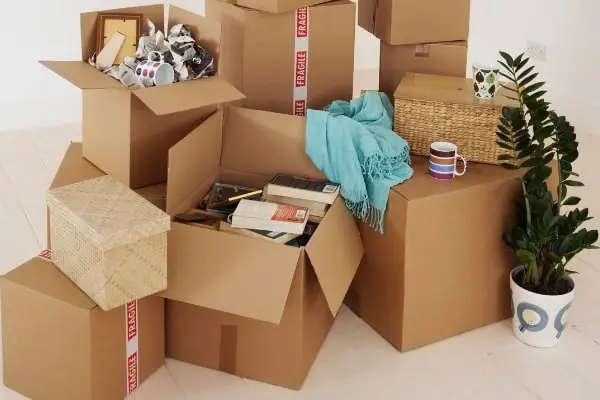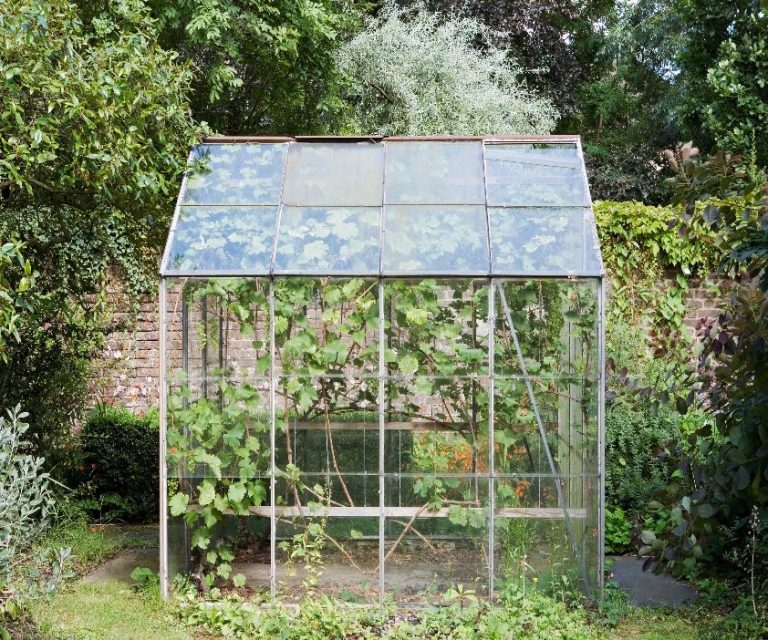The function of the radiator is to heat our home space. For decades the radiator design has stayed the same, with almost any changes made to its design. But nowadays, we are often seeing radiator brands that have decided to review their style and make it more elegant and sophisticated looking to fit with every interior style. Radiators are now stylish and come in many designs, sizes, and shapes. Whether freestanding or mounted on a wall, they are now real design objects and play a big part in every interior. Today we will talk about the kitchen radiator trends in 2022. Mirror, mirror on the wall Yes, the mirror you see on that wall is not just a mirror but a mirror radiator. Mirror radiators are radiators with a built-in mirror and give you the two-in-one effect of heating your home and decorating it. This genius idea allows the radiator to dissipate the light, optically make your space bigger and heat it simultaneously. They have a sleek design and can be found as a mirror only or a mirror with a metal tube on the side and can be placed vertically and horizontally. Mirror radiators can be used in all types of spaces and are perfect for placing in smaller spaces such as corridors, bathrooms, and kitchens, especially in small and dark kitchens. Since this type of radiator is very discreet and minimal, it will look great in clean interior designs such as Scandinavian and Minimalist, but of course, it can also be implemented in other interior designs. We love the Trade Radiators kitchen radiator selection, and we are sure you will love it too, so make sure to check the link below. Browse Kitchen Radiators here. Cast Iron Radiator Cast iron radiators, usually called traditional or classic radiators, are beautiful, often decorated with detailed ornaments. They come in many different styles, such as Victorian, Georgian, and Edwardian and are often vintage, traditional and old-fashioned. These beautiful radiators can create the perfect statement piece in your home and elevate its interior. They match best with more opulent and luscious interior designs, such as Vintage, Traditional, French Country, Shabby Chick, Bohemian and even Transitional. They never go out of style and will look good and fashionable even after decades. Is this a picture? Picture radiators or art radiators look like a work of art. They look like a picture, and when you see them for the first time, you might be like the many others who got fooled. These radiators can be energy efficient infra-red or ‘wet central heating. Both options can offer a stunning focal point and add life and colour to your home, making it look more stylish. You can also get a customised radiator and pick a picture that will best match your style. Why not go for a picture of someone you love or a painting of your favourite artist? Or another idea is to put it in the dining area of your kitchen instead of a picture. We think they can look great in every room and interior style and allow you to experiment and play with your imagination. Sculpture Radiators Art radiators or sculpture radiators are a big thing right now. They are out of the ordinary, modern, artistic, and even futuristic. There are so many shapes, colours, and sizes. You can even find designs that look like a piece of actual wooden furniture which can look great in your kitchen. Some can even be placed on a table and fool for a real decoration. The most popular shapes are ladder shapes, clothes hangers, towel warmers, clothing racks, screen separators, benches, mirrors and sculptures. You will find great choices for the kid’s room, modern bathroom, kitchens, and all around the home. These choices are perfect for the modern loft – wall-hung radiators fit nicely with cement walls. If you’re considering a designer radiator for your home, look no further, this is the best choice you can make. To put it in a nutshell, As you can see, radiators have become much more than just a heating body. They are now a work of art, a fashion statement for your home and even an easy way to refresh your interior and add something unique to your home decor. Nowadays, we have so much choice, which allows us to play with our imagination and sense of style. We are far behind the boring rules that state every room should have a matching interior, so you don’t have to stick to just one radiator style for your home. You can use something different in every room. We hope you found our blog interesting and useful.














